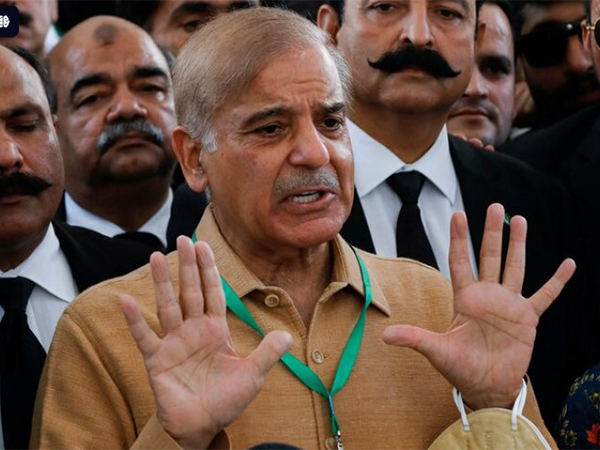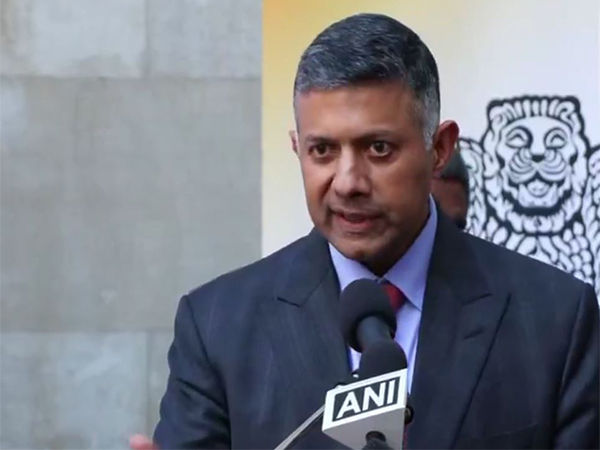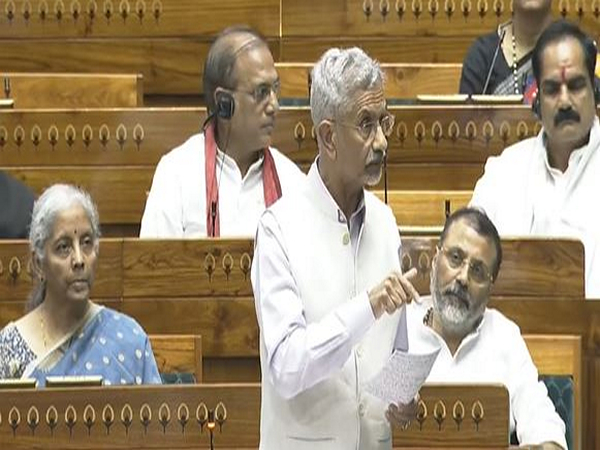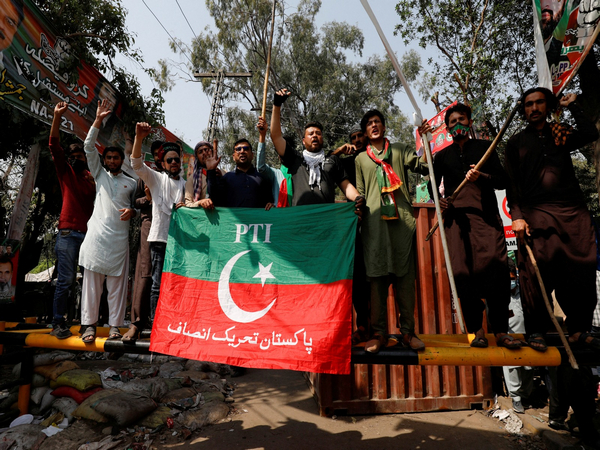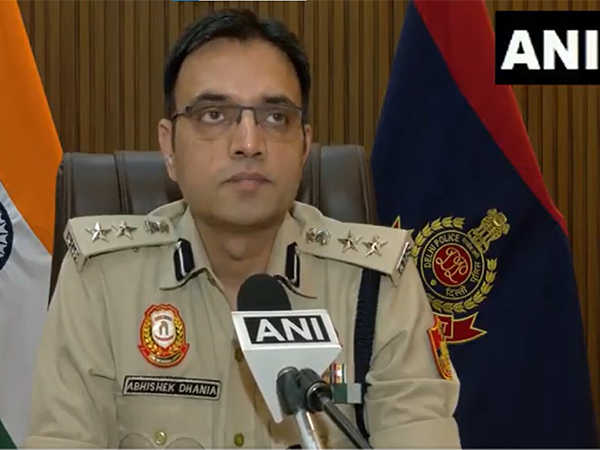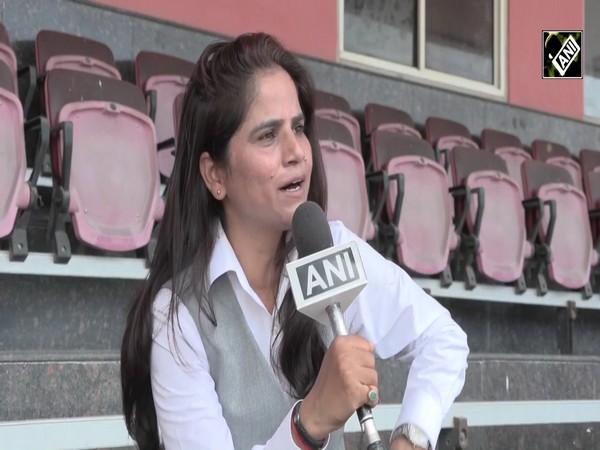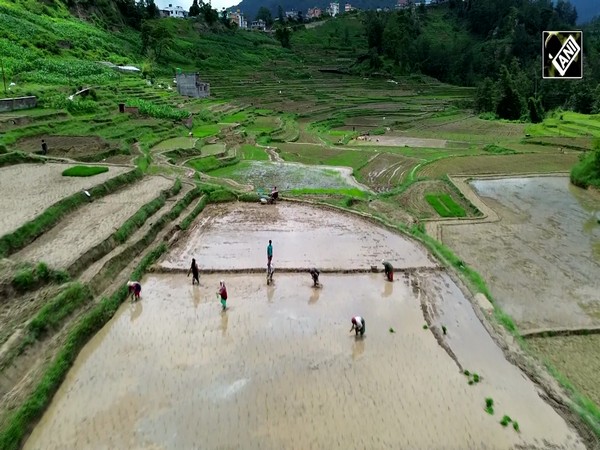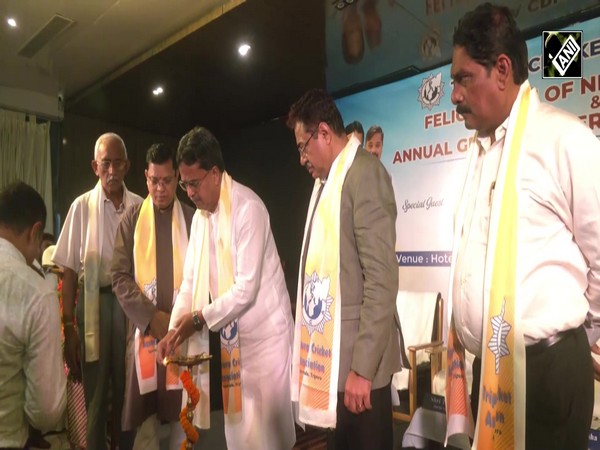Chinese company to print Nepal's 100-rupee notes featuring disputed territories with India
Oct 27, 2024

Kathmandu [Nepal], October 27 : The Nepal Rastra Bank (NRB) has entrusted a Chinese company to print 300 million copies of Nepali rupee 100-denomination banknotes featuring the revised political map that shows the controversial territories of Lipulekh, Limpiyadhura and Kalapani.
A cabinet meeting earlier in May this year had approved the design of to-be-printed 100-denomination banknotes. Chinese company China Banknote Printing and Minting Corporation has been awarded the contract for printing the new banknotes, as per the letter of intent issued by the central bank, the NRB.
"This is to notify you that, it is our intention to award the contract for execution of the Procurement of the Designing, Printing, Supply and Delivery of 300 Million Pieces of Nepalese Rupees 100 Denomination Circulation Banknotes and Related Services (IFB No. NRB/CMD/ ICB/ G-03/080/81) to you as your bid price USD 8,996,592.00 (United States Dollars Eight Million Nine Hundred and Ninety-Six Thousand Five Hundred and Ninety-Two Only), as corrected and modified in accordance with the Instructions to Bidders is hereby selected as substantially responsive lowest evaluated bid," the letter by Nepal Rastra Bank said.
On May 20, 2020, Nepal issued a new map incorporating Limpiyadhura, Lipulek, and Kalapani through a constitutional amendment. Notably, All the three contested, interconnected areas lying across western Tibet's Ngari region, have been fully under India's control over the past 60 years or so, with the people living in them being Indian citizens, paying taxes in India, and voting in the Indian elections.
Nepal shares a border of over 1,850 km with five Indian states - Sikkim, West Bengal, Bihar, Uttar Pradesh, and Uttarakhand. The three disputed areas cover a total of about 370 sq km (140 square miles).
The Kalapani area is strategically significant in South Asian diplomacy as it is at the tri-junction between India, Tibet, and Nepal. Given that Nepal is a "buffer state" between China and India. The strategic Lipulekh pass connects Uttarakhand with Tibet. Nepal's claim to the Limpiyadhura Pass area arises from its claim over Kalapani as it lies adjacent to it in India across Tibet's Ngari border.
The entirety of the Limpiyadhura-Kalapani-Lipulekh area is under Indian administration as part of Pithoragarh district in the Kumaon Division of the Uttarakhand state.
According to the Nepal Rastra Bank Act, the Nepal Rastra Bank is responsible for designing the notes. However, any changes to the design and size of the notes require government approval.
The Chinese company has now been tasked with redesigning and printing the new 100-rupee notes featuring the revised map. The Nepal Rastra Bank stated that the China Bank Note Printing and Minting Corporation has won the tender for this project.
After the company secured the contract through a global tender, a letter of intent was requested from them. The NRB has asked the company to design, print, supply, and deliver 300 million 100-rupee notes.
The total printing cost is estimated at approximately 8,996,592 US dollars. At the current exchange rate, this amounts to roughly over Rs 1.2 billion, making the cost of printing each 100-rupee note approximately 4 rupees and 4 paisa.
